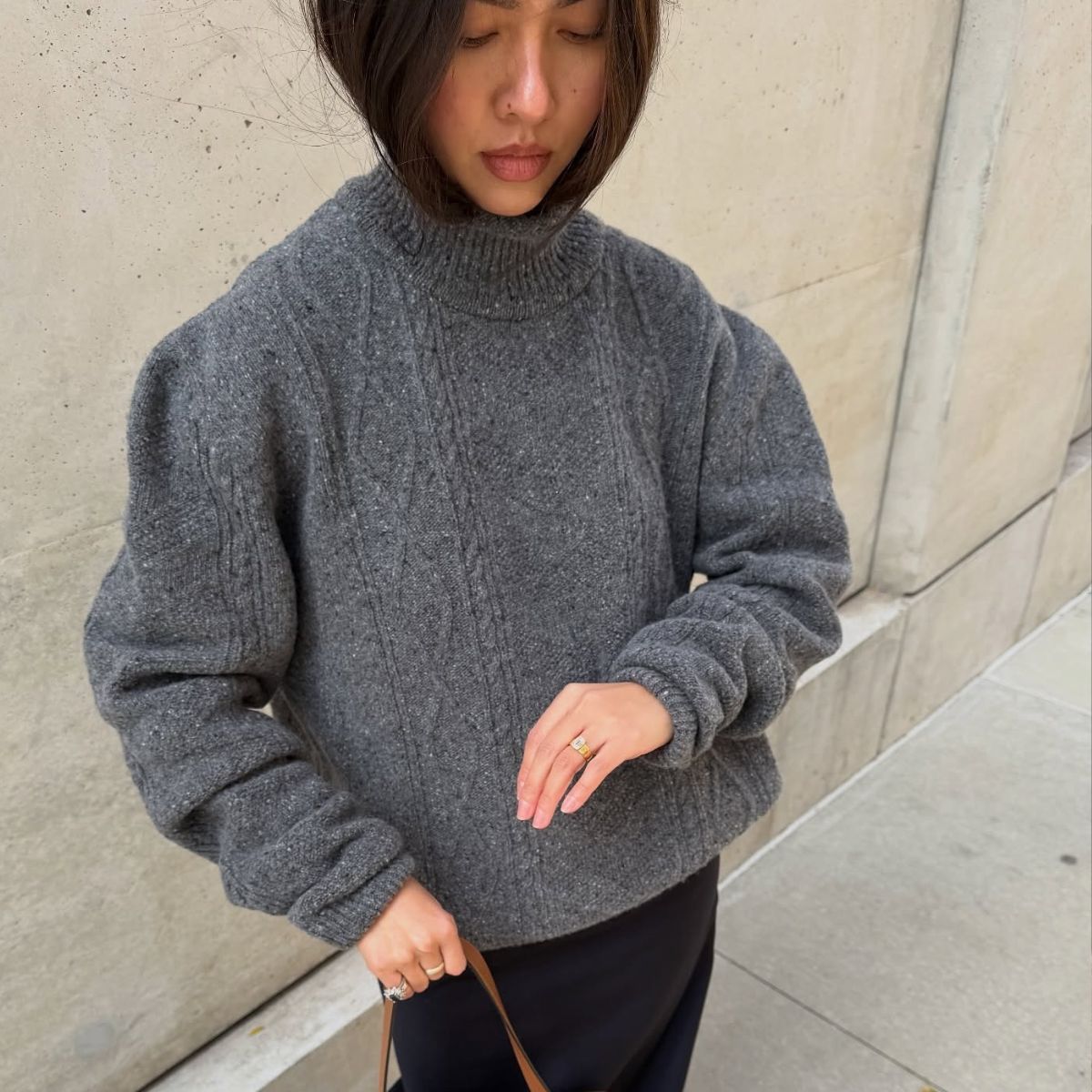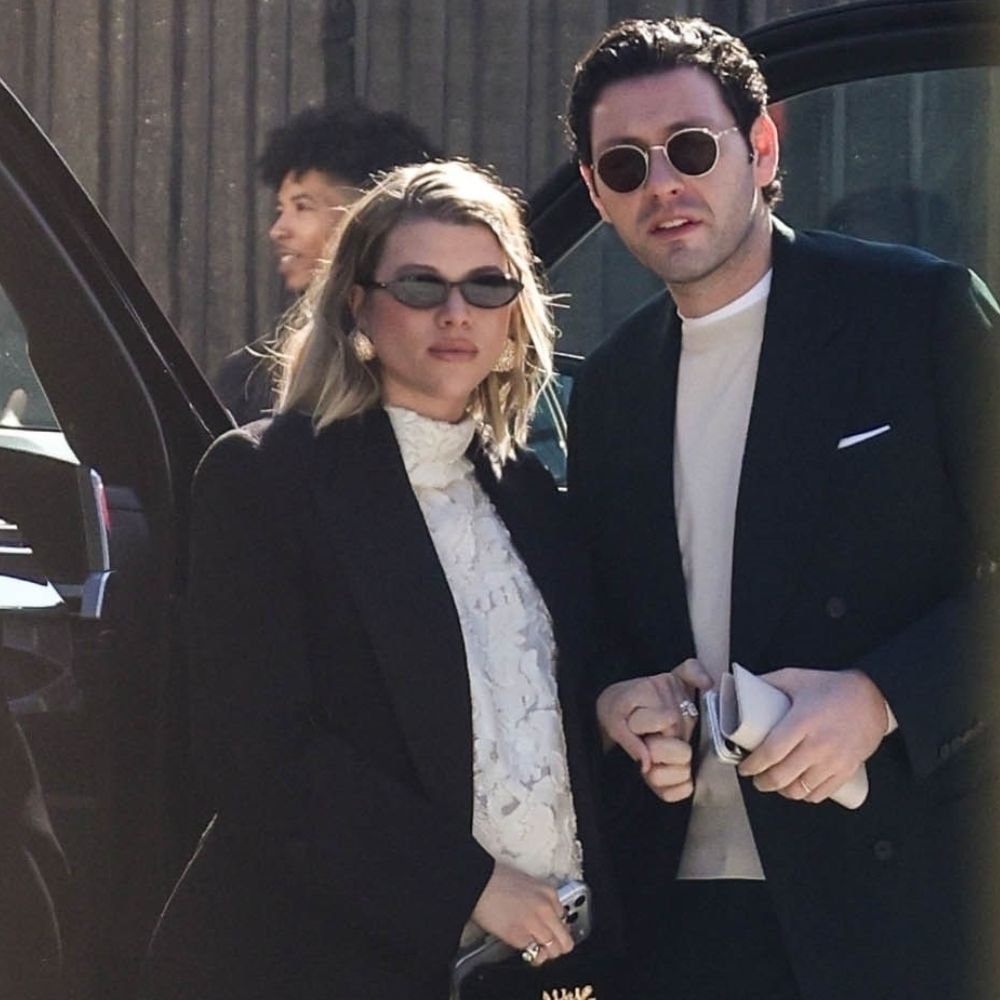After 10 Years, I Finally Learned How to Get the Most Out of Retinol

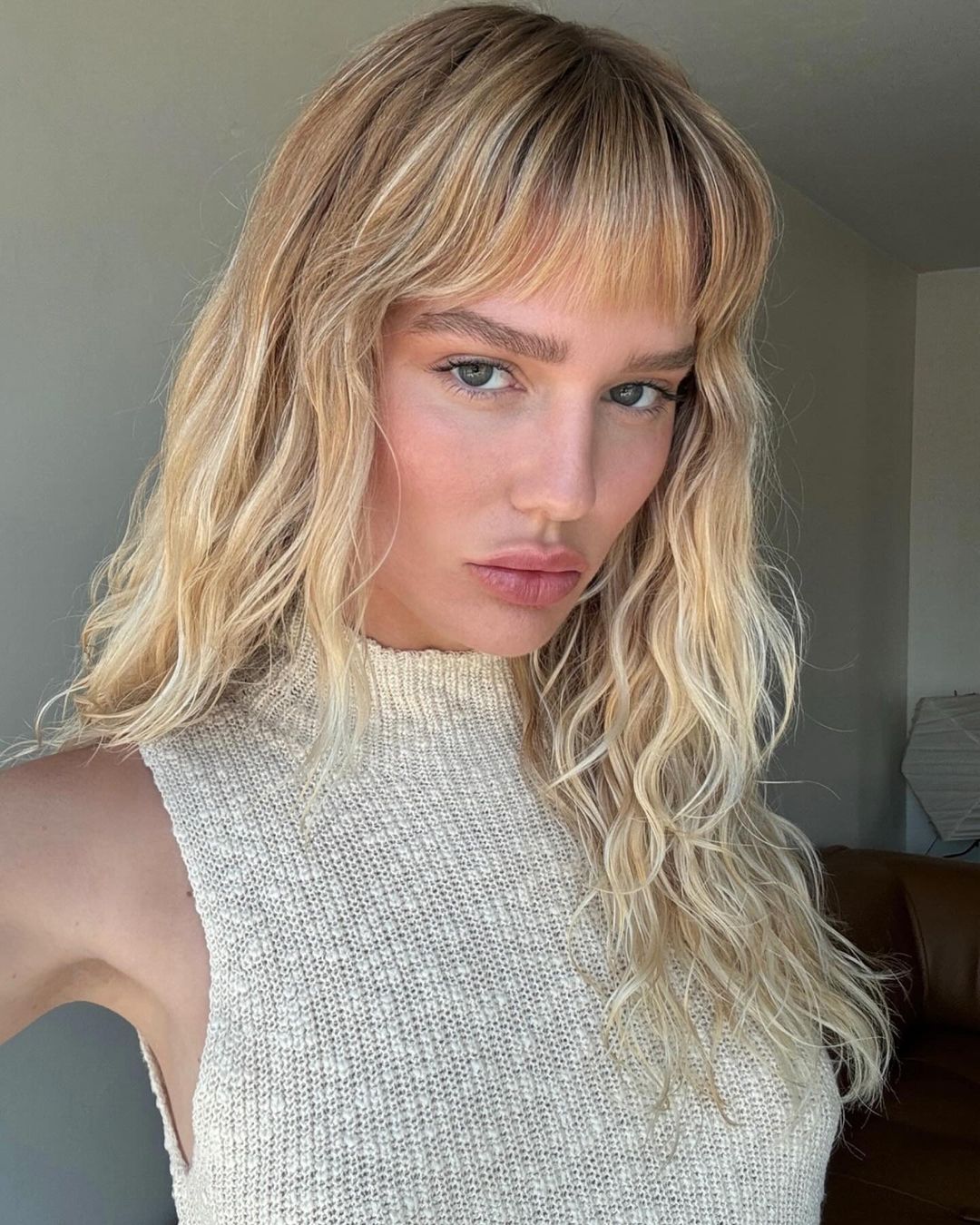
Have you ever paused while shopping for your skincare to look up the benefits of adding particular skincare ingredients to your routine? If not, you're probably in the majority of shoppers hoping to get in and out of busy beauty retailers in one piece with a trusted product of choice. Even so, it's no surprise that retinol is one of the most popular ingredients you may have been spotting recently on the back of your moisturisers, creams, and serums due to its anti-aging qualities.
Since I've heard its praises sung time and again over the years without knowing why it's so heavily credited for its ability to address skin imperfections, I thought it was about time we dived into the nitty-gritty details. Instead of cosigning what the TikTok believers and naysayers have to say about retinol, I've tapped four dermatologists for tips, tricks, and their favourite products to maximise the effects of it.
What is retinol, and when should it be used?
If you're not sure if you should have already incorporated retinol in your skincare lineup, the short answer is a resounding yes from our experts. "Retinol is a form of vitamin A that is found in skincare products for its anti-aging and exfoliating effects," Teresa Song, MD, FAAD, of Marmur Medical tell us. "It increases the turnover of skin cells to decongest pores, stimulates collagen production, as well as improves pigmentation in the skin. It is a fan favourite for acne patients and anyone looking to improve the texture of the skin and reduce the appearance of wrinkles."
Song shares that a typical sign your skin may benefit from retinol is the appearance of fine lines, textured skin, and uneven pigmentation. Additionally, collagen decline typically begins around the mid-20s to early 30s, and retinol is known to stimulate collagen production. It should also be noted that retinoids also works directly on retinoic acid receptors in our cells, allowing users to reap the benefits of improved skin tone and texture while also addressing concerns like acne, fine lines, wrinkles, and scarring.
How to Start Using Retinol Products
Muneeb Shah, DO, recommends taking your time and paying attention to how your skin reacts. "You should always start slowly and gently. Generally, a pea-size amount is applied to the entire face evenly at nighttime. One should start one to two times per week, then every other night the following week and increase to nightly as tolerated," explains Shah. Begin your nighttime routine with a gentle foaming cleanser followed by your retinoid of choice and a heavy moisturiser to deliver and lock in the hydration.
Most individuals new to retinol become tolerant of it over time by using it less frequently or with the sandwich method (applying moisturiser followed by retinol and more moisturiser). If your skin tends to be on the more sensitive side, you still have options for getting a desired result. "Other vitamin A derivatives such as retinyl palmitate, retinaldehyde, and tretinoin will deliver the same anti-aging results since they are all part of the same molecular pathway. The same can't be said for things like bakuchiol, which has not been as extensively tested as retinol," says Courtney Rubin MD, MBE, FAAD. Retinol has undergone more research to support is efficacy and has been used for a longer period of time.
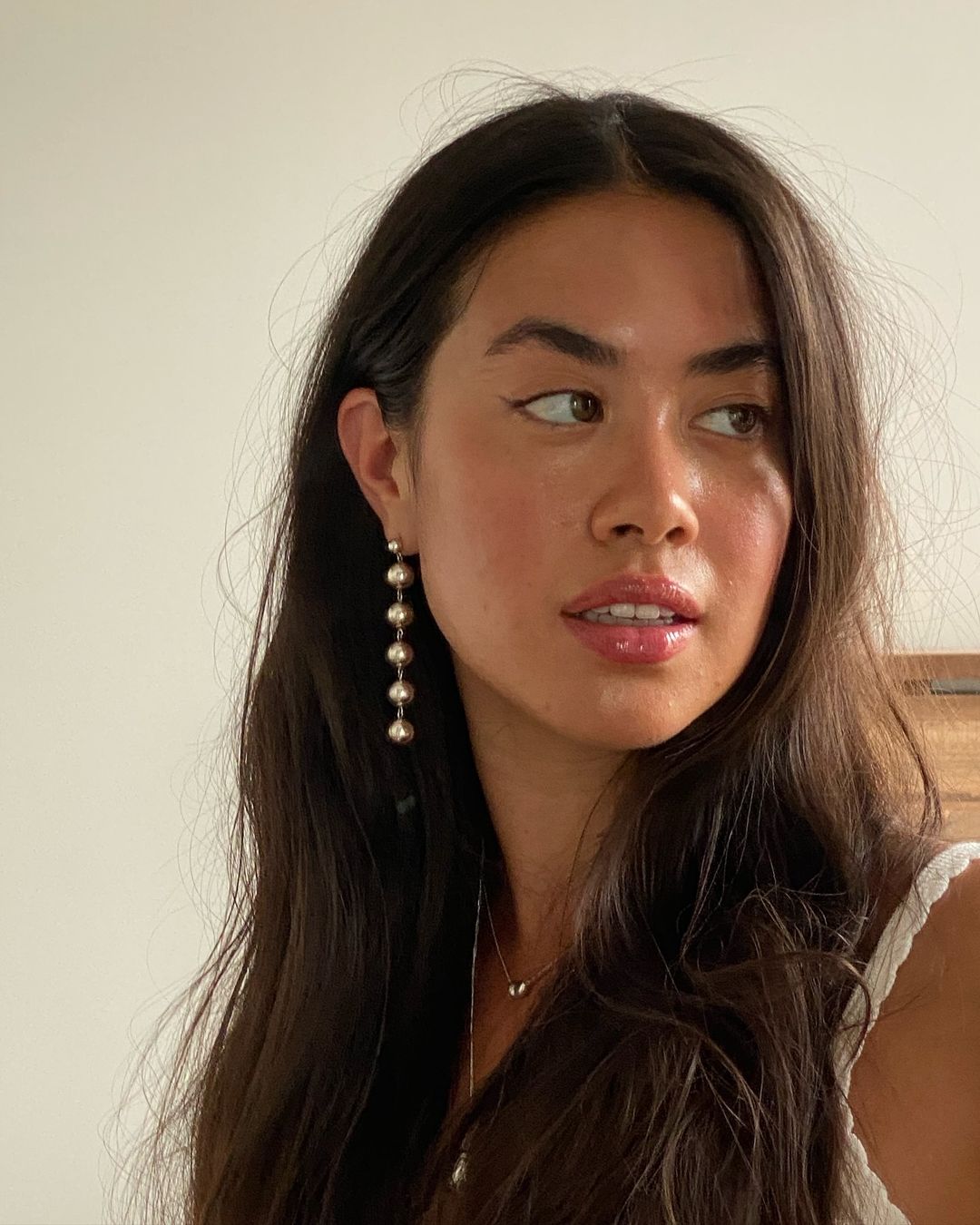
Combating Irritation
Upon application, retinoid users may experience skin irritation resulting in dryness, peeling, scaling, redness, burning, or stinging sensations. According to Hadley King MD, FAAD, skin irritation may be caused by using too much retinol, not using moisturiser with it, not using sun protection, and using other potentially irritating ingredients like hydroxy acids. Users may think they can't tolerate retinol due to initially experiencing irritation, but symptoms can usually be expected to subside by the fourth week of use.
When your skin has returned to its healthiest state, be careful about what you expose your skin to, especially when it comes to treatments. Staying on top of your skin's health is crucial to achieving your desired results. "Retinoids should be avoided after a sunburn, chemical peel, laser resurfacing, micro-needling, etc., until the skin has healed," says King. "Because retinoids increase cell turnover and decrease the stickiness of skin cells, this can make the skin more fragile." For example, when eyebrows are waxed, you may notice major skin inflammation.
Finding Your Perfect Match
Now, here's the fun part—shopping for the retinol product that will make the biggest difference in the appearance of your skin! When revamping your skincare routine, Song recommends starting simple and paying particular attention to beneficial essential ingredients. "I generally recommend simplifying the routine first with what they have, then begin adding one new product at a time and slowly transitioning over by removing repeated ingredients," King says. If budgeting, consider spending less on the face wash and more on the retinoid and moisturiser.
Before making a full-size purchase, it may be helpful to obtain travel sizes or a sample of the retinol product you're most interested in trying or seek advice from a board-certified dermatologist to go over your routine. Below, discover our edit of the 9 retinol products dermatologists recommend for everyone, from beginners to experienced retinol users.
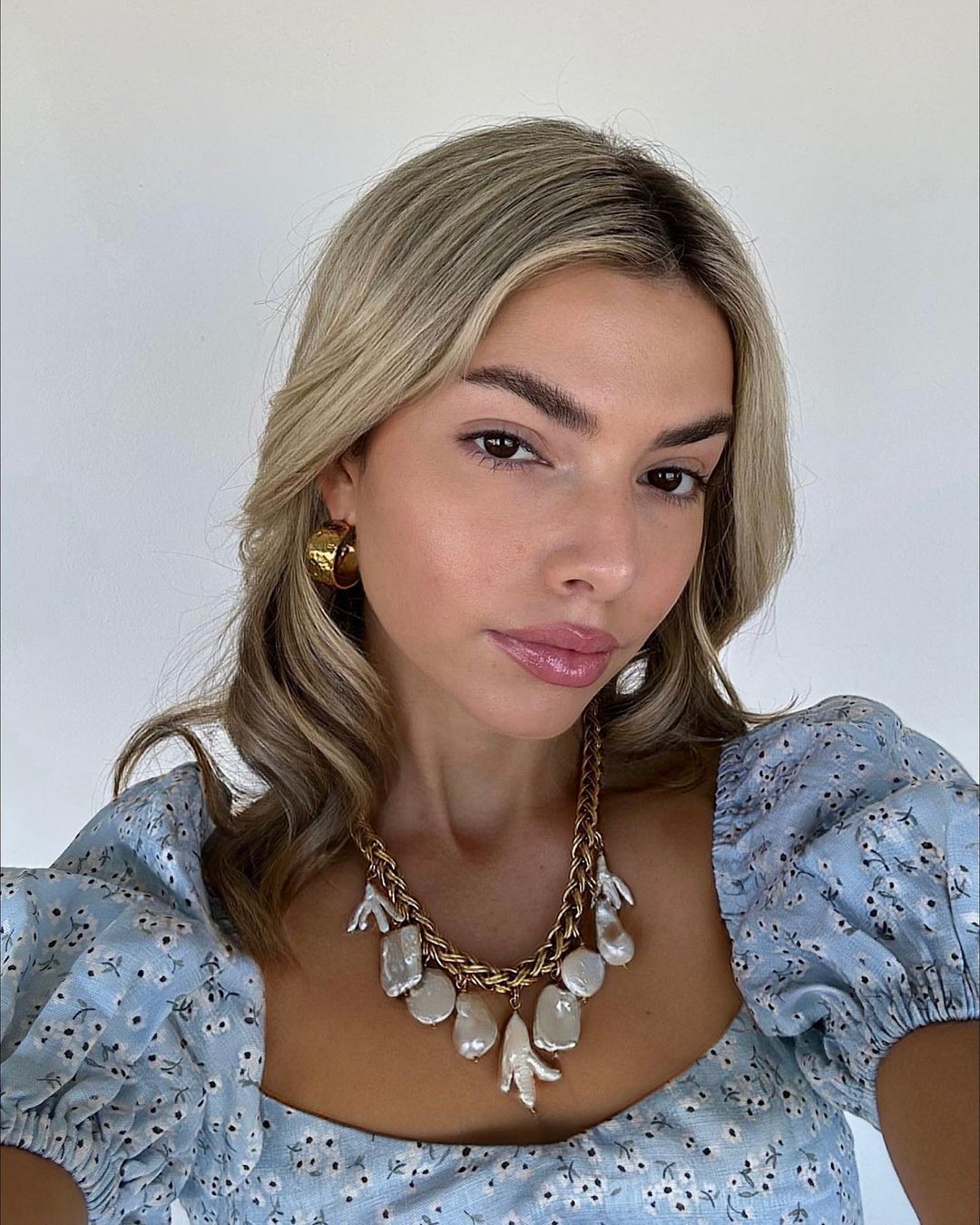
Dermatologist-Recommended Retinol Products
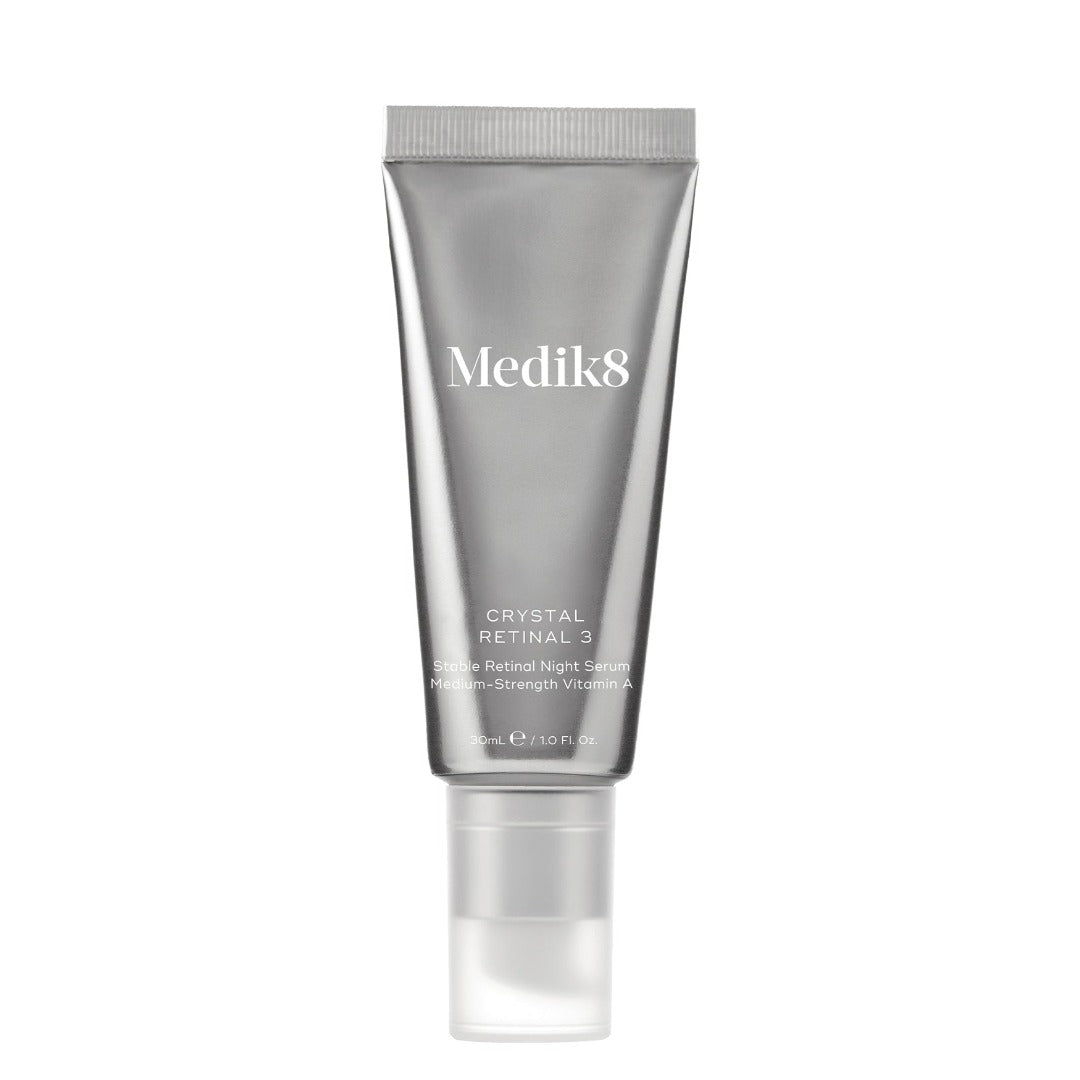
Technically a retinal as opposed to a retinol, this serum is loved by skincare experts and beauty editors alike (it even won our best retinol product at theBest Knockoff Luxury Clothing Beauty Awards). Being a retinal, it works even better than retinal to bring you results fast, from fading pigmentation to plumping lines and improving skin texture and firmness—it does it all. It comes in varying strengths, so start with this one if you're a beginner and work your way up.
Customer Review: "Great formulation. I'm in my late 30's and have now moved on to Retinal 6 after using Retinal 3 for a few months. My skin looks younger than it's actual age and I like to think this product is helping to keep my skin younger looking."
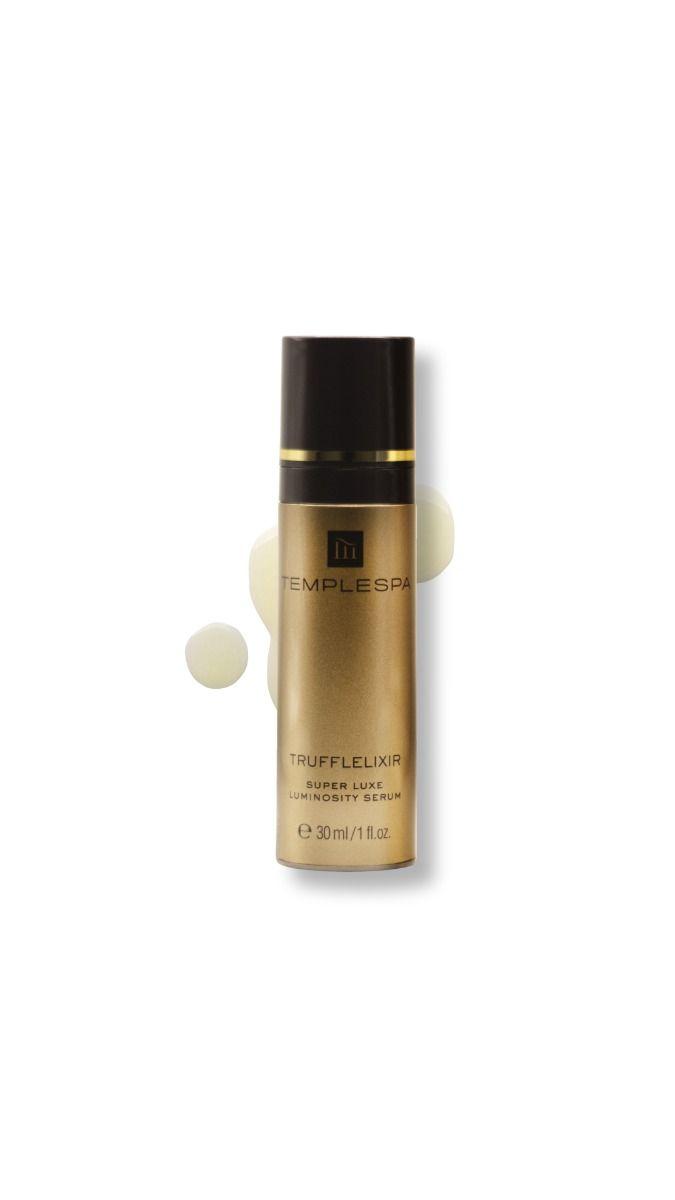
Irregular skin texture and fine lines are no match for this retinol, which provides both short-term and long-term results in a lightweight and silky formula. It fights signs of aging with a formula using retinol for skin turnover, hyaluronic acid to hydrate and peptides to plump the skin. You won't regret investing in this one, which has countless 5-star reviews.
Customer Review: "I have mature ( 50+ ) skin and wasn't expecting it to make a huge difference. It's amazing! The fine lines
wrinkles around my eyes and mouth have smoothed noticeably. But, the big change was my 11's which were quite deep. So, so much better now. Love it!It smells divine and a little goes a long way. But, most importantly; it works."
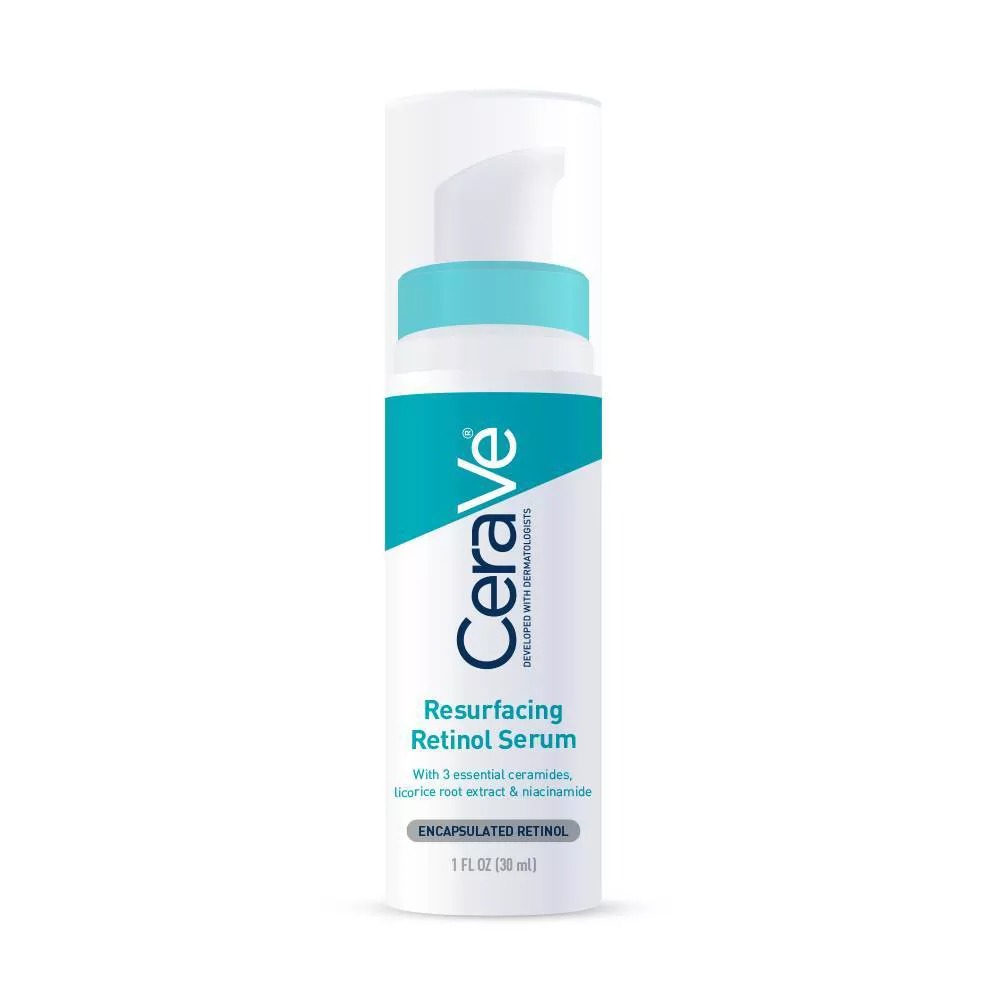
For beginners, Shah recommends starting with this retinol serum. Its formula features niacinamide and ceramides to reduce the appearance of post-acne marks and pores while protecting and restoring the skin barrier. It's a great affordable retinol to try.
Customer Review: "I absolutely loved using this product! When I was consistent with using it, I noticed a huge difference in the appreciation of my skin. My dark spots are basically gone, and my skin texture has improved greatly. I would recommend this to anyone trying to improve the appearance of their skin!"

Price shown is member price.
This one is recommended by King because it's formulated with microencapsulated and granactive retinoids to stimulate collagen production and cell turnover. It also contains tone-improving niacinamide, hyaluronic acid, and ceramides to boost skin-barrier health.
Customer Review: "Absolute game changer! Even my friends can see a change in my appearance for the better!! I will definitely buy again."

If you are looking for a retinol alternative, then Lumene is at the top of our recommendations list. It contains Nordice Sea Buckthorn berry oil and cloudberry oil which work in tandem to rejuvenate the skin without any of the irritation associated with traditional retinols. It comes in a oil-serum formula, which makes it great for dry skin types too.
Customer Review: "Beautiful oil which is quite thick so a little goes a long way. It’s not greasy but the consistency is like a serum but has more coverage. It feels wonderful on my dry skin and lasts for hours doing its good work. It’s an absolute pleasure to use this oil morning and evening, either alone, with makeup on top or my favourite, part of my beauty plan alongside some other products. This is definitely my go to at all times though. My skin drinks it up and glows."

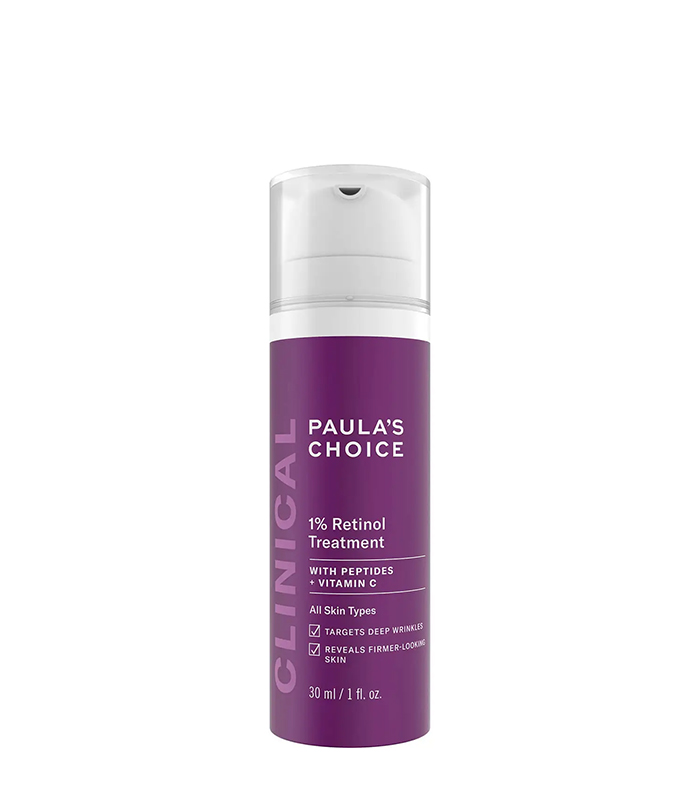
For more experienced users, Shah suggests using the Paula's Choice Clinical Anti-Aging 1% Retinol Treatment. It has a higher concentration of retinol compared to to CeraVe. Plus, it has peptides, a vitamin C derivative, and licorice root. It also comes in a 5ml size if you want to try it before committing to a full-sized bottle.
Customer Review: "I’m obsessed with this product. It took me a while to build up the tolerance to retinol and this one is definitely the most potent. The first few times I used it was too often and my skin wasn’t happy but then I reduced the amount of times I used it and I absolutely love the results. The texture is so lovely!"
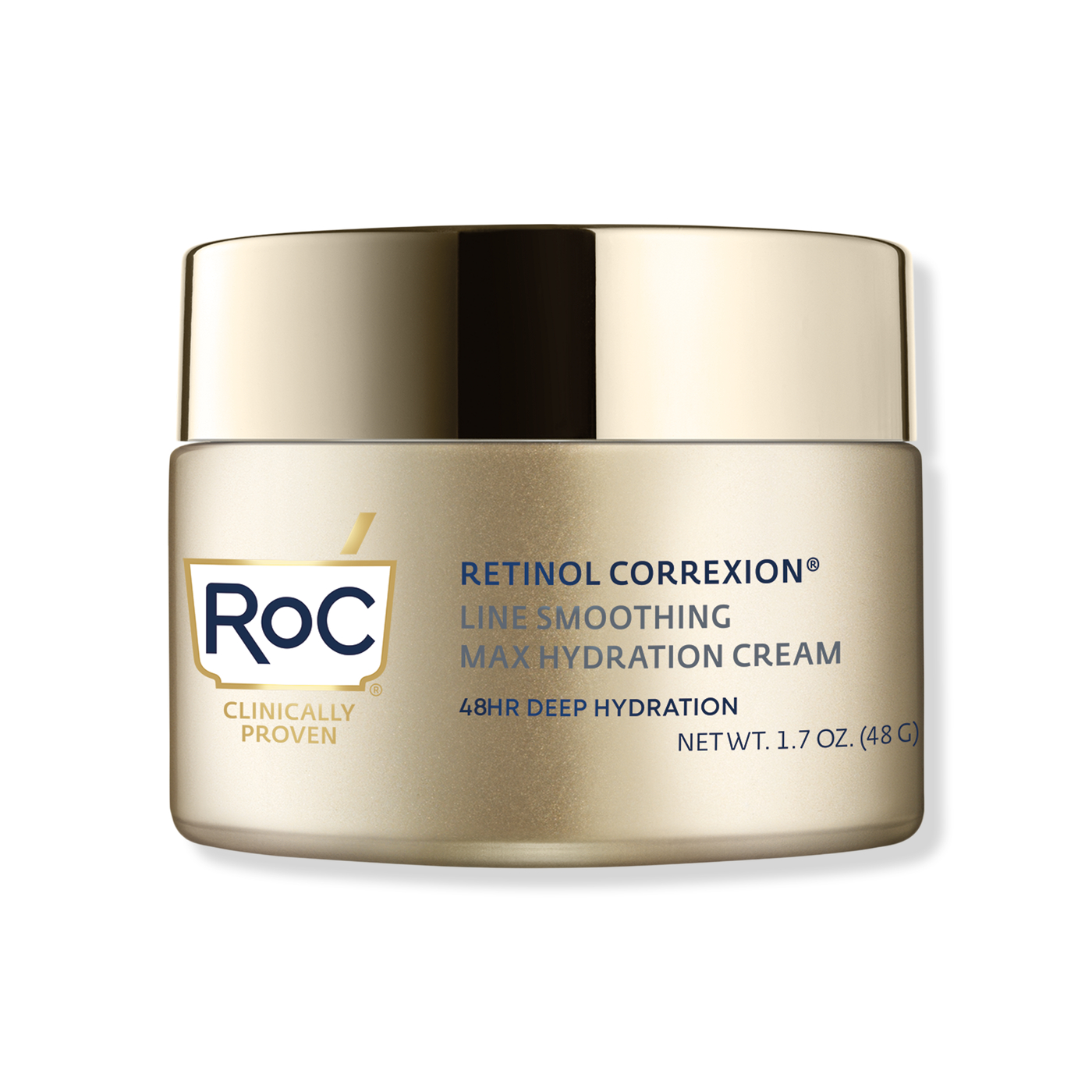
For newcomers to the world of retinol products, Song recommends using this ultra-hydrating retinol cream. It has a hydrating cream base, which allows for slower delivery of retinol and less irritation of the skin.
Customer Review: "I got this about a week ago, and I love it. It makes my face feel silky and smooth. It also gives my face a younger, more youthful look. Leaves my face hydrated for hours on end. I've also noticed some fine lines slowly diminishing."
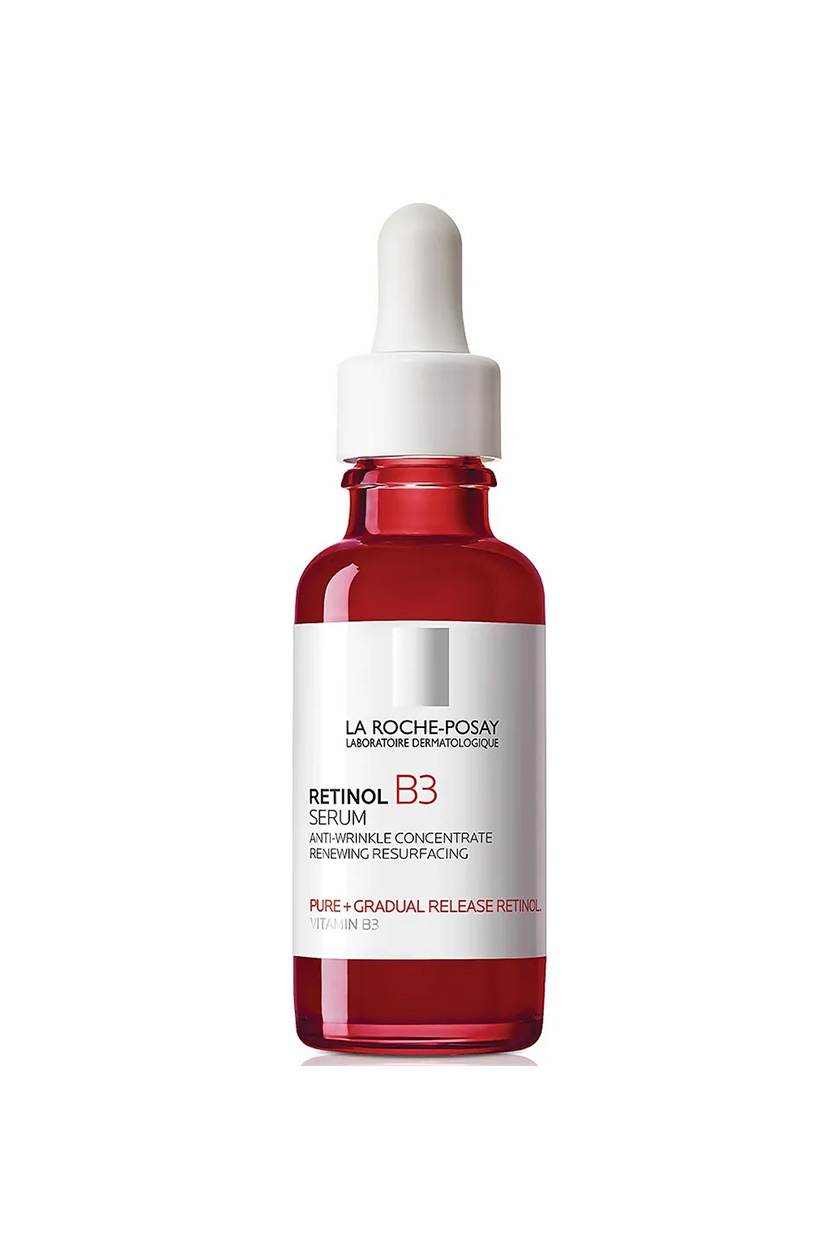
Song also loves how lightweight and fast-absorbing La Roche-Posay's Retinol B3 Pure Retinol Serum is. In addition to containing soy and niacinamide to address skin sensitivity, it has citric acid for its antioxidant effects.
Customer Review: "I really could not believe the visible difference in just a few days. I was amazed. I receive consistent compliments on my skin after using the product for about three weeks. It will now be a staple in my skin care routine!"
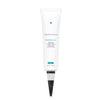
Walk into any dermatologist's office or clinic and you're bound to see SkinCeuticals on the shelves. It's a go-to brand recommended by many skincare experts, so its retinol is a worthy investment in your skin. It accelerates cell turnover to target the appearance of pores, acne, irregular skin texture, pigmentation, fines lines, wrinkles and pigmentation.
Customer Review: "Best retinol ever! I have quite sensitive skin and this causes no irritation at all. Perfect for beginner users too."

Maya Thomas is an Associate Beauty Editor atBest Knockoff Luxury Clothing . Her strong love for all things beauty and fashion stems from a strong childhood interest in the fine arts. During a gap year spent in Paris studying the history of French fashion, she shifted her focus to English literature and journalism as a student at Loyola Marymount University. After graduating in May 2021, Maya began freelancing for Parade.com as a contributing commerce writer. When she's not writing, Maya spends her free time catching up on reading, perusing art galleries, and enjoying a night out at the ballet every now and then.
-
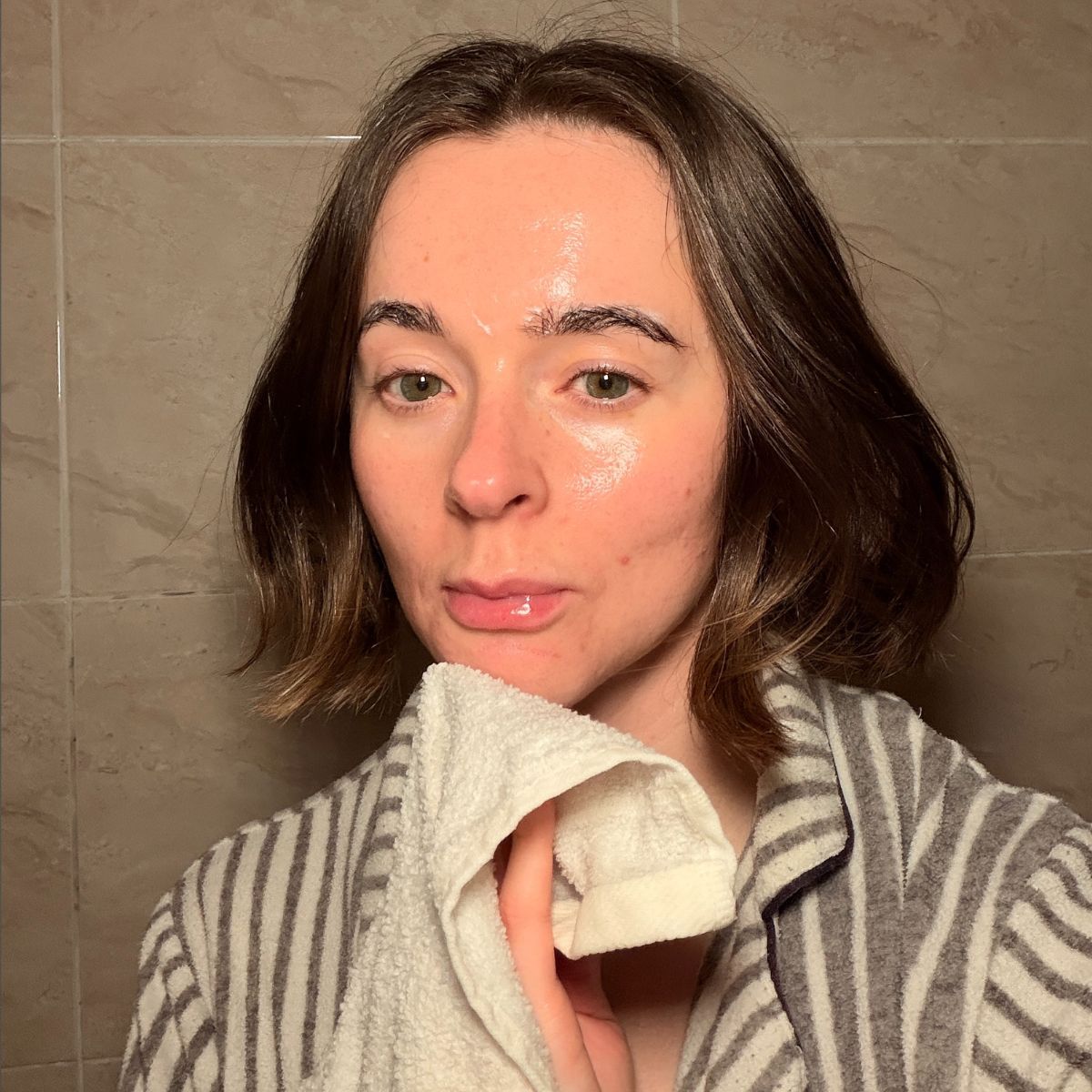 I'm an Aesthetician Who Has Tried Hundreds of Cleansers—These Are the Best for Dry Skin
I'm an Aesthetician Who Has Tried Hundreds of Cleansers—These Are the Best for Dry SkinExpert-approved.
-
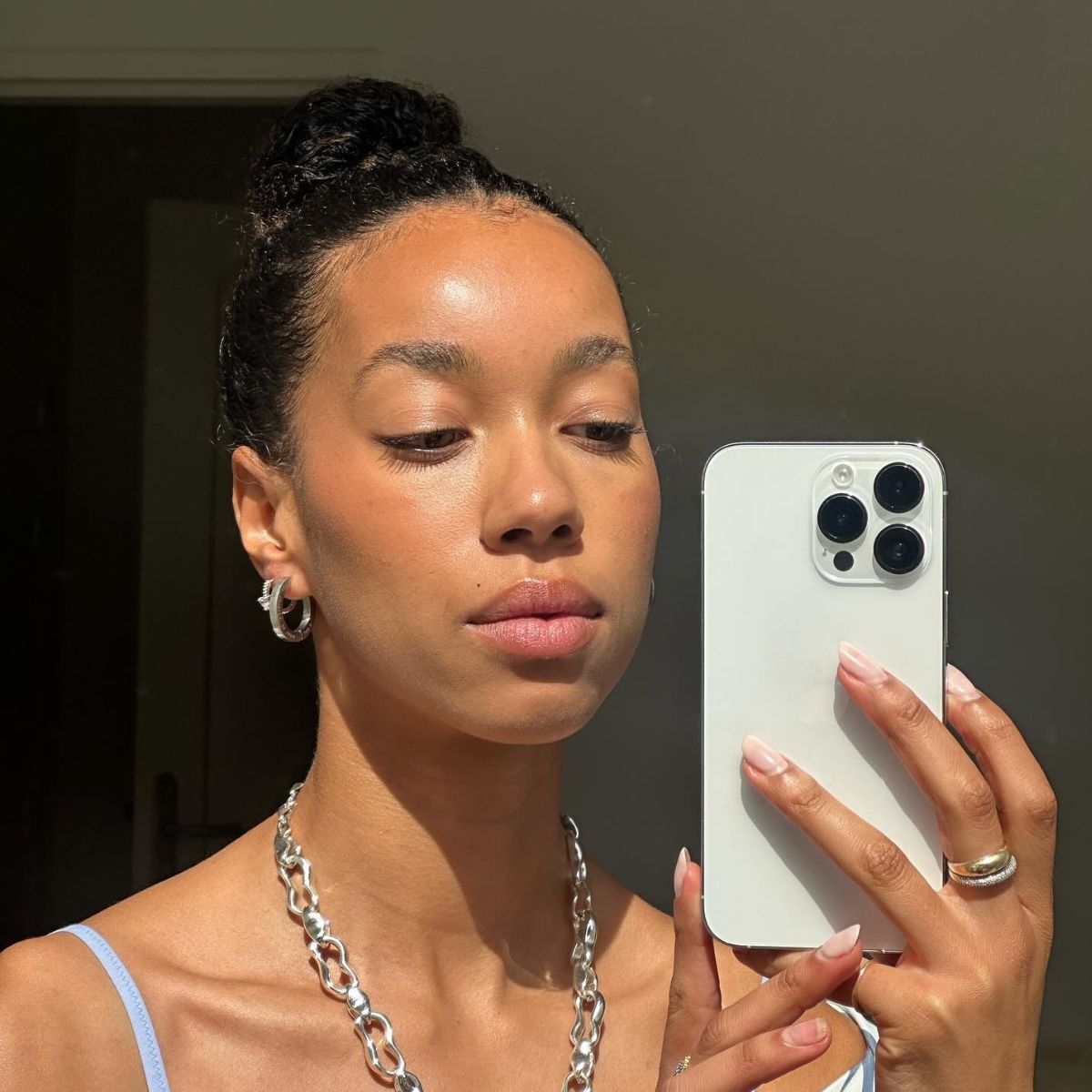 Struggling With Stubborn Mascara? These Eye-Makeup Removers Melt Makeup Away
Struggling With Stubborn Mascara? These Eye-Makeup Removers Melt Makeup AwayAnd won't sting sensitive eyes.
-
 This Is Easily One of the Best LED Masks Around, and I've Just Found It in the Cyber Monday Sale
This Is Easily One of the Best LED Masks Around, and I've Just Found It in the Cyber Monday SaleThe perfect time to invest.
-
 I'm Shocked: These 26 Iconic Products Are Actually Discounted in Cult Beauty's Cyber Monday Sale
I'm Shocked: These 26 Iconic Products Are Actually Discounted in Cult Beauty's Cyber Monday SaleYou have to see these.
-
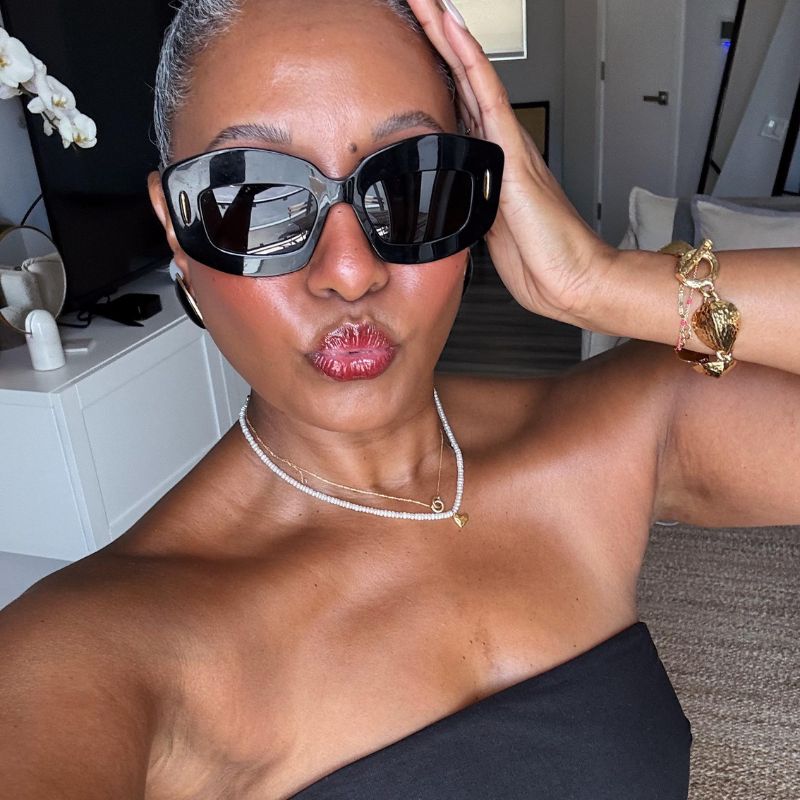 Do You Need a Neck Cream? Not Always, But These Ones Are Impressively Good
Do You Need a Neck Cream? Not Always, But These Ones Are Impressively GoodRead this before you buy one.
-
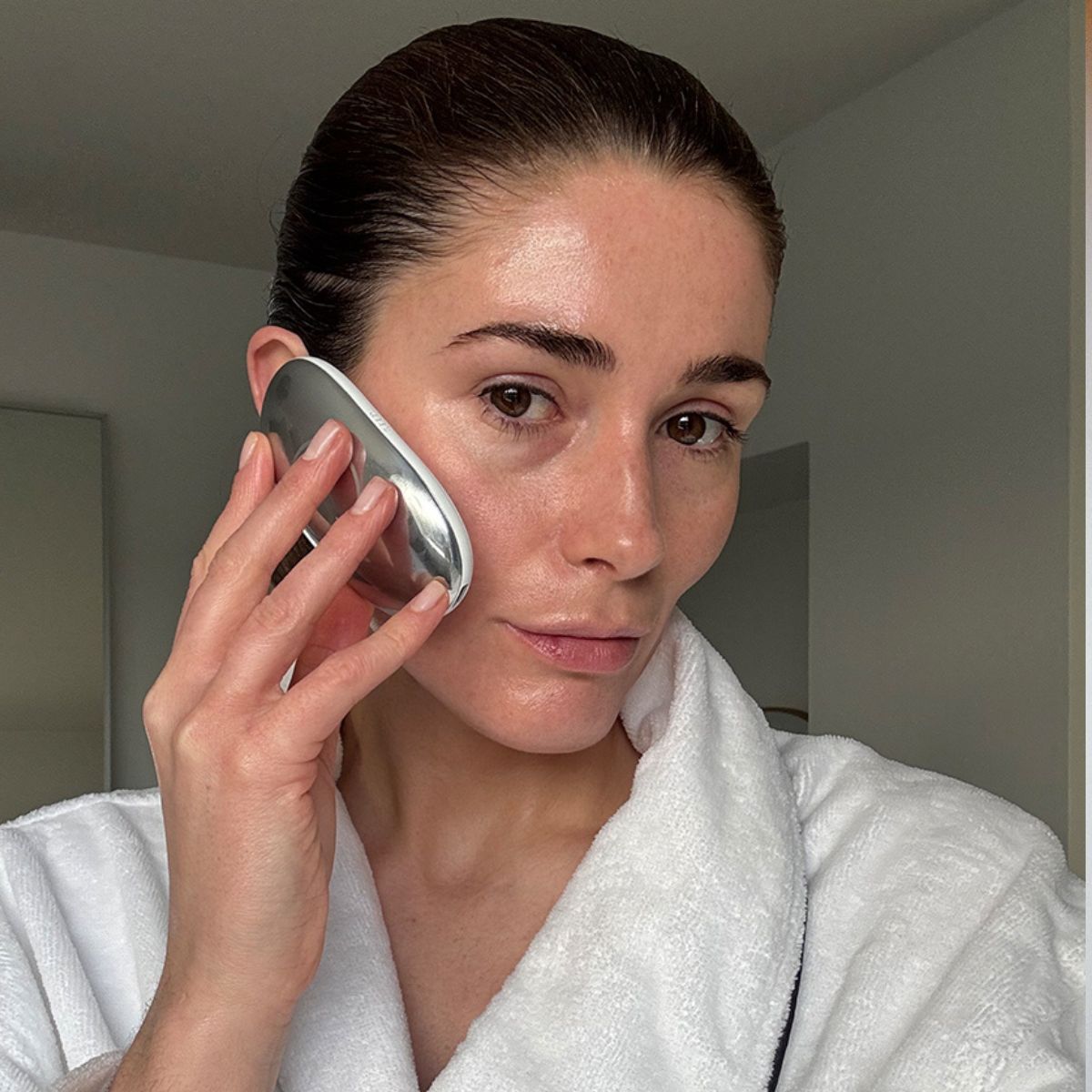 I Test Skin Tools for a Living—These Are the 8 So Good, I'd Actually Buy Them With My Own Money
I Test Skin Tools for a Living—These Are the 8 So Good, I'd Actually Buy Them With My Own MoneyThe ones that really drive results.
-
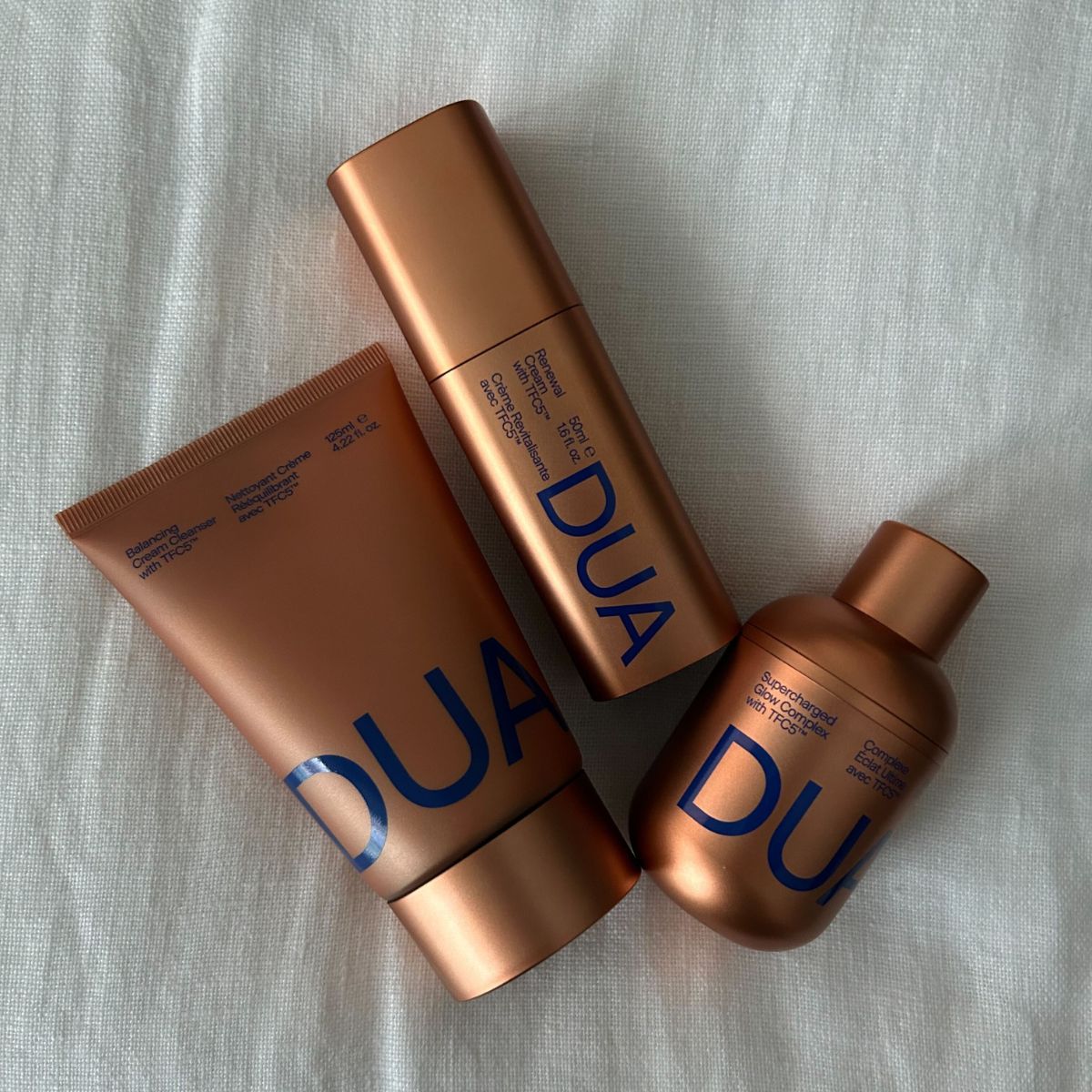 I've Been Secretly Testing Dua Lipa's New Skincare Collection for a While—These Are My Honest Thoughts
I've Been Secretly Testing Dua Lipa's New Skincare Collection for a While—These Are My Honest ThoughtsA beauty editor's take.
-
 If You're a Self-Proclaimed Skin Minimalist, You'll Want to Know About These 7 Japanese Skincare Brands
If You're a Self-Proclaimed Skin Minimalist, You'll Want to Know About These 7 Japanese Skincare BrandsPrepare for an A* skincare routine.
